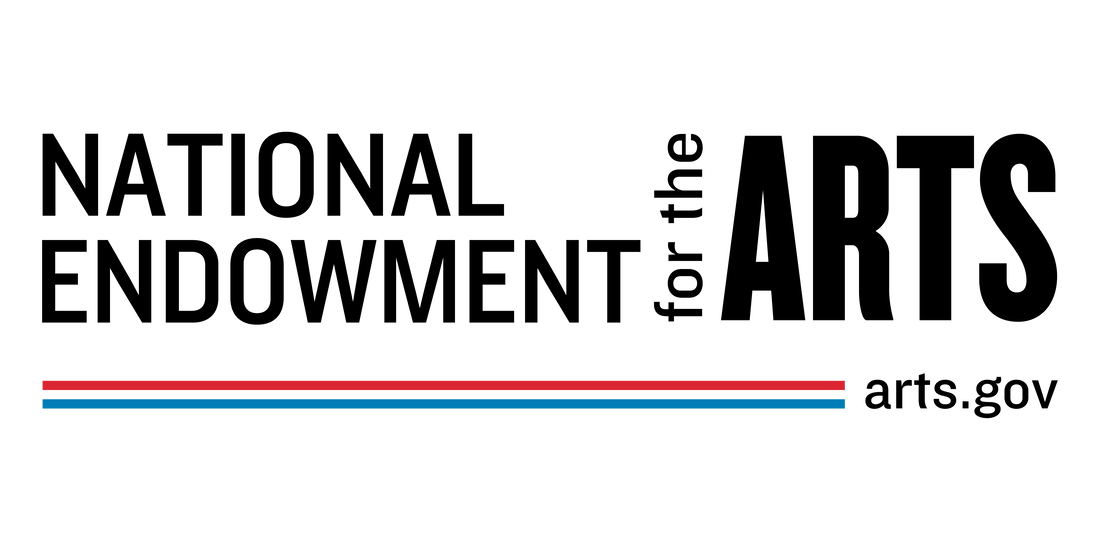|
by Anthony R. Green The end of 2018 is approaching, and towards the end of every year, many feel a feeling of "wrap it up!" or "we are approaching a new beginning" as the first of January of a new year approaches. For some, the end of the year and the changing of the new year means forgetting and forgiving what needs to be forgotten and forgiven, in an attempt to start over mentally, emotionally, and sometimes physically (especially with fitness and dietary promises). For others, the new year is merely symbolic, but does not necessarily interrupt, stop, pause, or signify a new beginning, but a continuation, a growth, a momentum. Perhaps it can mean all of these things. For the past couple of years, I have been celebrating Kwanzaa, not with a group of people, but as a personal end-of-year reflection, and change-of-year boost. Only 52 years old, Kwanzaa is a seven-day celebration, where each day requires celebrants to reflect on a certain principle. The way that the principles unfold brings the celebrant on a deep journey, that has the potential to highlight the most significant elements of the closing year, as well as remind the celebrant what to bring into the new year. While Kwanzaa is non-denominational and can be celebrated by anyone, it is also an Afro-centric celebration, meant to increase pride in Black people across the world.
Whatever you celebrate towards the end of the year, may your celebrations be safe, full of joy, love, peace, and contentment, and best wishes for the new year!!!
0 Comments
by Anthony R. Green
Over the past 5 years of existence, Castle of our Skins has had the pleasure of producing various community events and working with children and youth in diverse neighborhoods in Boston and beyond. Our first educational workshop - A Little History - has touched well over 1500 people, most of whom are young. COOS believes in planting seeds, in an attempt to change the stereotypical and racially fraught image of Classical music and musicians. This is not just an attempt to make this beautiful music cool and accessible, but more importantly to right an aggregious wrong that has been unleashed in the world: the myth that Black people were not involved in Classical music during its beginnings, and the myth that the greatest Classical composers are - as Dorothy Rudd Moore once believed - "male, white (European), and dead."
(Dorchester StringFest; Photo by www.RobertTorresPhotography.com)
Last year and this year, Castle of our Skins had the pleasure and honor to work with community ensembles for the Roxbury and Dorchester StringFests produced by Celebrity Series Boston. For the 2018 Dorchester StringFest, COOS worked with students at the Conservatory Lab Charter School in Dorchester. Our work included three workshops on the new pieces that were composed for both COOS and the students to perform, an in-class performance/masterclass visit, and the final performance. Ultimately, the collaboration turned out to mean so much more. Not only were the students introduced to Haitian and Dominican arragenements composed specifically for them, but they also saw young, professional Classical composers and musicians of color - people that I rarely saw growing up. After such events, I always look back and imagine myself as one of the students. I look back and think that perhaps now these students are taking the color of my and Ashe's skin for granted; that such issues do not matter so much in the eyes of the student, and that their primary concern is making music as a group. I look back and think that when some of them go to conservatory and encounter a world where not even 5% of the orchestral music performed by major orchestras includes work by composers of color, that they will be in a stronger position to change this deplorable statistic. This is why COOS goes into the community - TO EFFECT CHANGE!!! Castle of our Skins cannot effect change without generous donations from its fans! This month, every Tuesday is #GivingCOOSday! Please consider scrolling up, and - to the right of BIBA - click DONATE and make a donation of any size! For now, please enjoy one of the results of our collaboration with the students of the Conservatory Lab Charter School! (Click below!) by Anthony R. Green This weekend, Castle of our Skins presented a pre-show and pre-reception for the Lyric Stage Company’s production of Breath & Imagination, a musical play about the legendary lyric tenor Roland Hayes. The play highlights some of Hayes’s most incredible accomplishments – gaining acceptance to Fisk University despite not graduating from high school, working hard and self-funding his voice lessons and some of his concerts (including one at Symphony Hall), traveling the world and singing for royalty (including King George and the Queen Mother at Buckingham Palace), and starting a school of music in the south. After reading a couple biographies about him, it is clear that he was a gentle, dignified, complicated man. He wanted kindness in the world, and justice. Nobody is perfect, and of course he made mistakes in his life. But his achievements are so great, yet not given their deserved celebration. One moment where Hayes displayed utmost patience was when he was in Germany. The audience he encountered was reportedly hostile; shouting racial epithets and other unkind jeers, sneering at Hayes before he even let out a word, let alone a sang a note. The pre-judgement of this man with brown skin from the United States who had the audacity to perform in Germany was high to almost dangerous levels for Hayes. Instead of running away, he waited patiently for the right moment, then sang Schubert’s gentle song “Du bist die Ruh”. The crowd was entranced. Something magical in Hayes’s earnest delivery, transcendental artistry, and innate kindness must have communicated something other-worldly to this motley crew. It was enough for Hayes to finish the concert successfully.
Another astounding moment where Hayes showed super-human kindness was when he traveled to the plantation on which his mother was born. He met with his mother’s merciless master, who killed members of Hayes’s family, and physically beat his mother. Hayes arrived at the plantation at a moment in his life where he was financially bounteous, and the former master was nearing poverty. In a surprising twist of fate, Hayes purchases the land of the plantation, but allows the brutal master to live on the land. This is the land where he opened his musical school, with the mission that children of all backgrounds and skin colors will study together in harmony. Castle of our Skins’s pre-event offerings were expertly executed by artistic director Ashleigh Gordon, spoken word artist Tim Hall, tenor Duane Moody, and pianist Joy Cline Phinney. The text and music created a synergy that was perfect for whetting the appetite of the full production. The reception also was engaging to the body and the spirit, providing nourishment and drinks, as well as entertainment from the incredibly talented Boston Arts Academy Spiritual Singers. Castle of our Skins will give another Ode to Hayes event and reception on December 23rd. If you missed this weekend’s event, be sure to attend the event on the 23rd, and definitely see the critically acclaimed production Breath & Imagination. Celebrate Roland Hayes! His name should be shouted worldwide and remembered forever! by Anthony R. Green It is Sunday, and it is time for a BIBA Blog! A bit of an uncharacteristic post today, this entry is mostly aimed at composers (although the content is definitely for everyone, naturally!). Why composers? Well, well, well … you (composer who is reading this) may have seen that Castle of our Skins is accepting proposals for new works based on quilting in the African diasporic traditions. This encompasses quilting traditions from Black people all over the world. Submissions will be accepted from anyone who considers themselves to be a composer, and we welcome all stylistic approaches to composition! For the first time in COOS composer call history, this call is completely free to enter! Have you already submitted a proposal? THANK YOU SO MUCH, we are looking forward to reviewing your work! Are you interested in submitting a proposal but need some inspiration? Keep on reading, as there is some incredible information and links below! For those in the Los Angeles area, the Los Angeles County Museum of Art (LACMA) now has a show that includes some quilts from the quilters of Gee’s Bend (mentioned in the Call for Proposals). The exhibit, entitled Outliers and American Vanguard Art pairs these quilts with works by other fabric and textile artists, as well as other self-taught artists from the United States. Read the press release about the show here: http://www.lacma.org/sites/default/files/Outliers-press%20release-11.8.18_0.pdf
The website www.whyquiltsmatter.org will be an invaluable resource into understanding the general quilting world. While it has not updated its blog since 2015, its archive is still available to peruse and gain inspiration. Composers interested in the current call may want to start at this particular post: http://www.whyquiltsmatter.org/welcome/news/american-folk-art-museum-and-boca-raton-museum-of-art-join-forces-for-timely-quilt-exhibit/ , which has some very relevant information and imagery. I particular love the “Freedom Quilt” by Jessie B. Telfair. This article from the New York Times from 2004 is packed with stories about quilters and their art from the United States. ( https://www.nytimes.com/2004/02/13/arts/design-review-patchwork-portraits-american-life-that-tell-much-they-show.html ) The article is from a quilt exhibit at the American Folk Art Museum, and mentions the story of “Freedom Quilt” ( http://selftaughtgenius.org/artworks/freedom-quilt-jessie-b-telfair ), along with other celebrated quilts and quilters. Underground Railroad mythology includes a theory that quilts were used to communicate information about how to escape to the north. While some historians dispute this claim, the idea can definitely be used for musical inspiration. You can read more about this theory in the Wikipedia article about the subject: https://en.wikipedia.org/wiki/Quilts_of_the_Underground_Railroad While textile practices such as sewing, knitting, and quilting, are stereotypically feminine activities (despite the proliferation of superstar male fashion designers), here is an eye-opening article about Black male quilters, published in the Washington Post 20 years ago in 1998! https://www.washingtonpost.com/archive/lifestyle/1998/02/24/stitches-in-time-black-mens-quilts/2753d2ad-225b-4398-a7ce-ba14534dad36/?noredirect=on&utm_term=.351a358e2d8b In other parts of the world, there are wonderful quilters of African heritage. For example, in India, the Siddi (African-Indian) people have a rich tradition that can be viewed here: https://www.africanquiltsofindia.com/ . You can read a bit about West African quilting traditions here: http://iraaa.museum.hamptonu.edu/page/Quilting-Links-U%3ES%3E-and-Africa . And there is some information about quilts and her incredible story from the Kenyan textile artist Amani Ya Juu here: https://amaniafrica.org/ (be sure to read her “about” and go to shop->quilts to see her colorful, creative work). While not a traditional quilter, the work of the incredible Ghanaian artist El Anatsui reminds of quilt. BIBA has a blog about him and other visual artists from Africa here: http://www.castleskins.org/biba/contemporary-african-art . Any other Black contemporary artists whose work reminds of quilting can be included in this proposal, so long as you make a connection to the work of the artist and the tradition of quilting (which can be done easily for the work of El Anatsui). There is no shortage of information on African American quilting traditions, and a quick internet search will yield numerous links (such as these: 1 2 3 4 5 6 7 8 9 10 11 ). Have fun exploring, because the information is incredible and rich! COOS cannot wait to curate this concert with new works from you all! Be creative in your proposals! You can include multiple artists and quilts, or just focus on one and the story or philosophy behind the quilt. You can focus on one quilt, and use the elements of that quilt to form the structure of the composition. You can focus on the story of a quilter or a group of quilters, and paint a musical journey of that story. The sky is the limit with this call, and we look forward to reading your submissions! GOOD LUCK! |
Details
Writings, musings, photos, links, and videos about Black Artistry of ALL varieties!
Feel free to drop a comment or suggestion for posts! Archives
May 2024
|
Member Login
Black concert series and educational programs in Boston and beyond
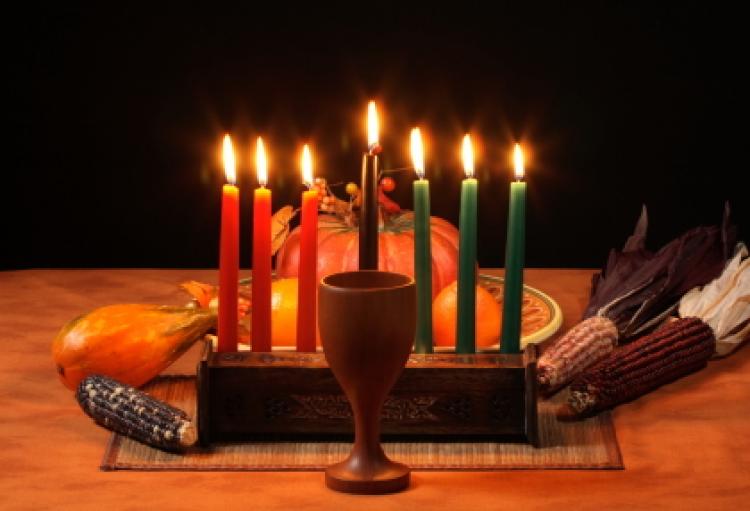
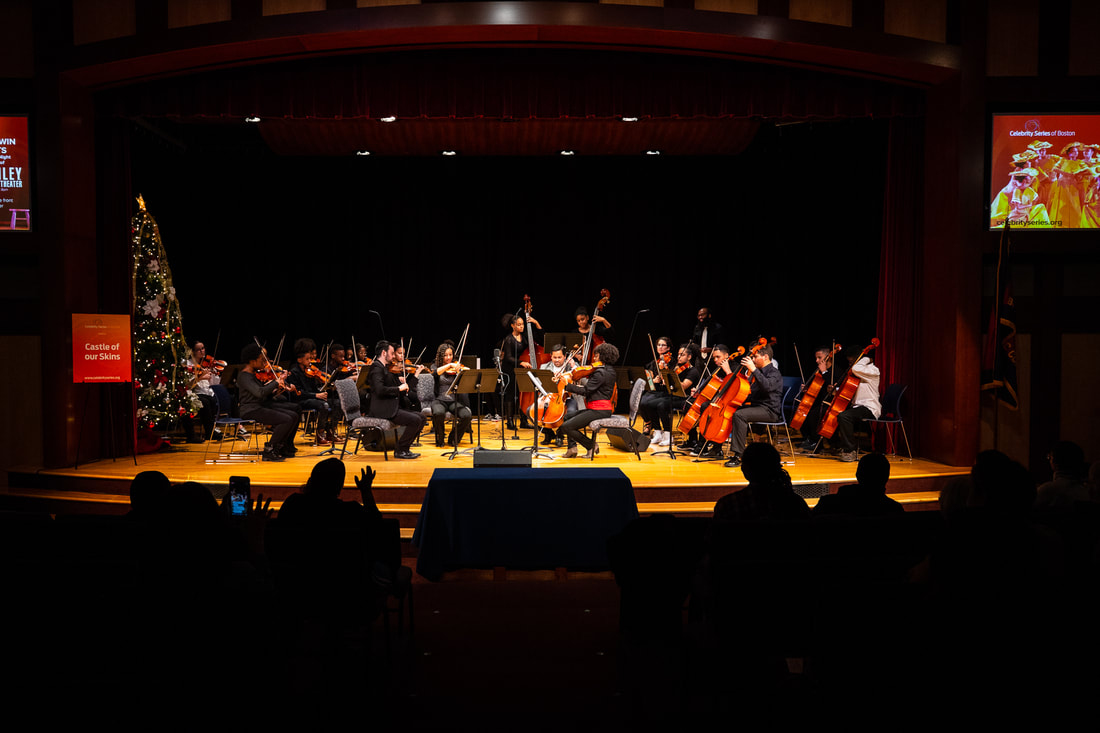
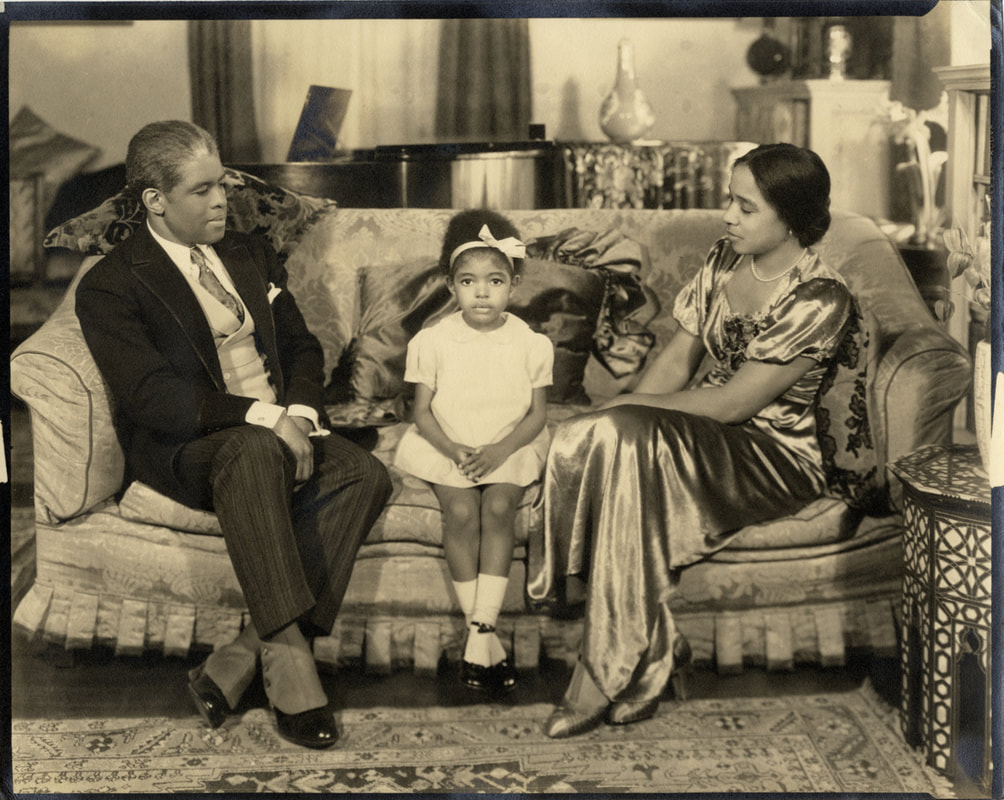
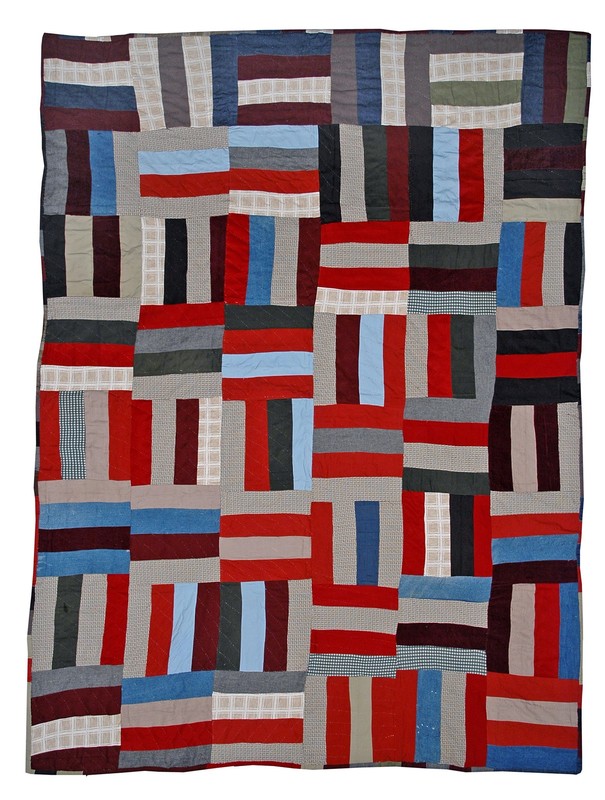

 RSS Feed
RSS Feed







